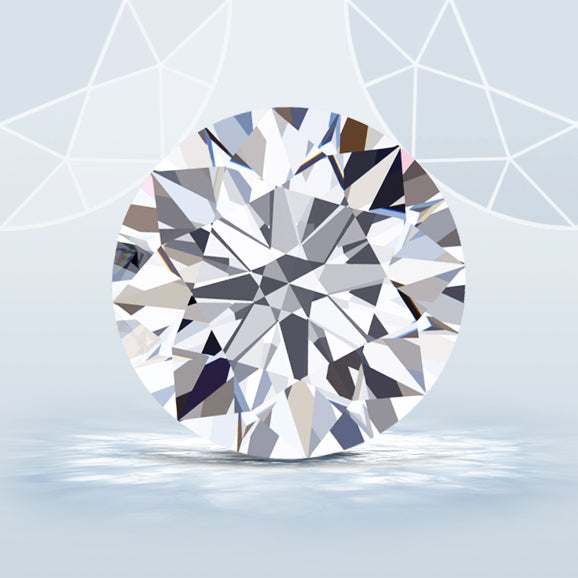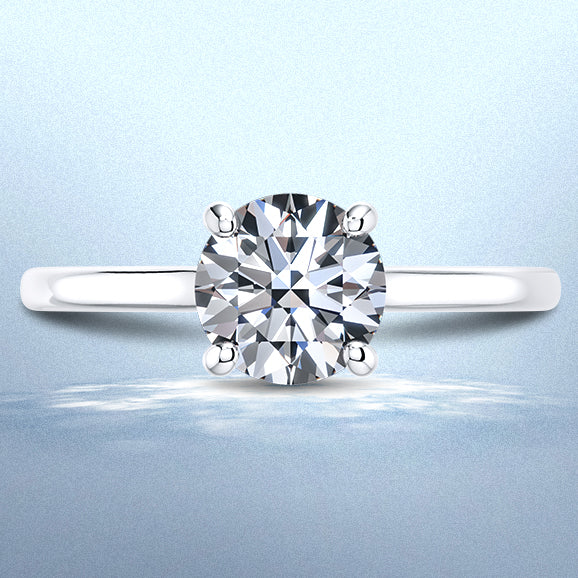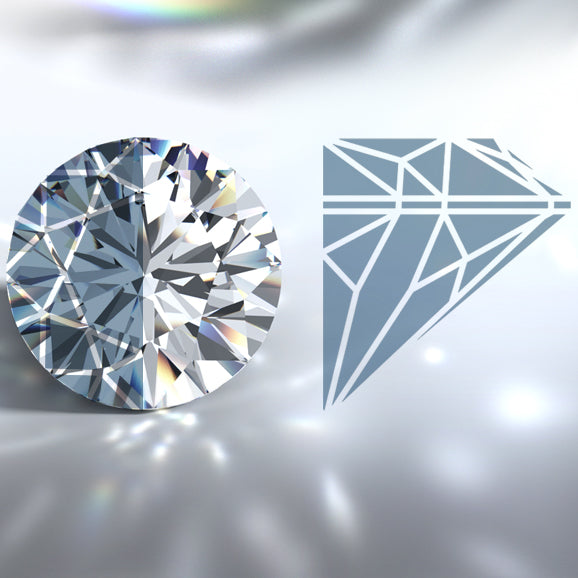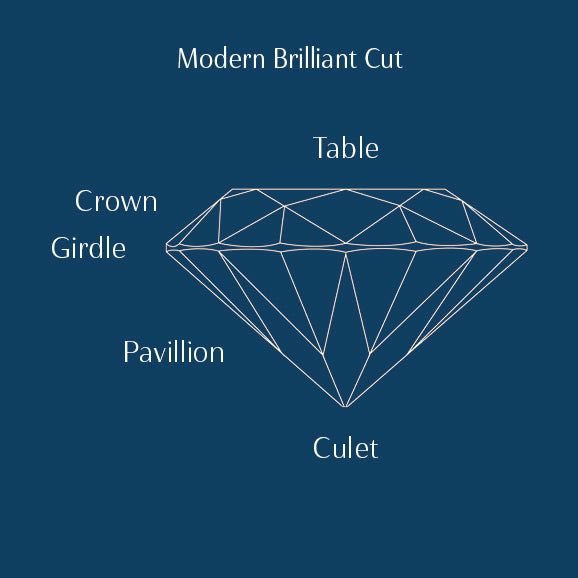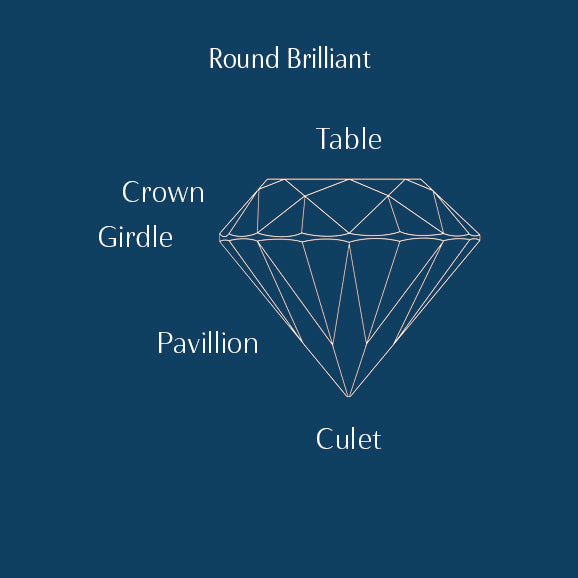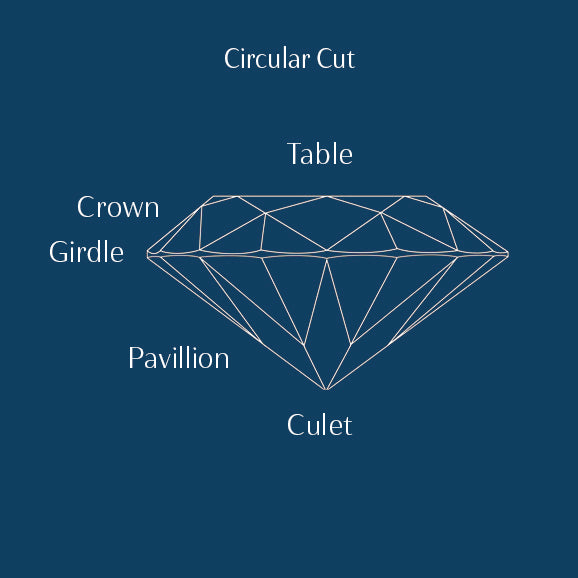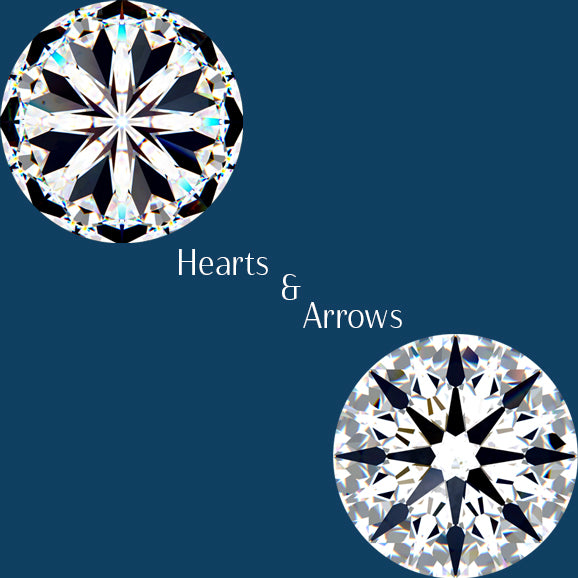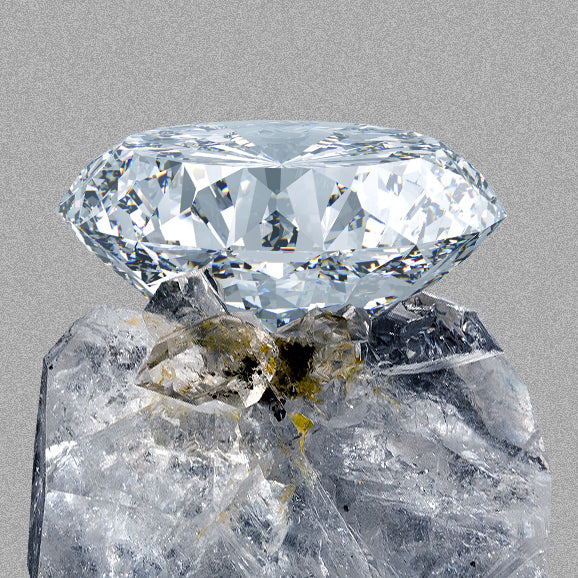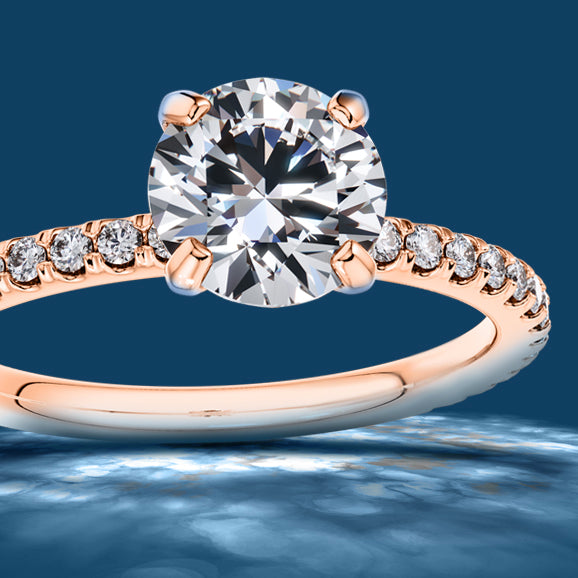The Perfect Shape For A Diamond
Owners of diamond jewellery have always wanted to have the most brilliant gems possible. The earliest effective attempts to create brilliant diamond cuts began in the 17th century with the Mazarin cut, named after its creator, Cardinal Mazarin. The Mazarin cut was developed during the 18th century leading to the Peruzzi cut and then the old European Cut.
The modern round cut diamond was devised in 1919 by Marcel Tolkowsky, an engineer born into a Polish diamond cutting family. Marcel understood that to create the maximum sparkle or brilliance, every surface of the gem had to be cut perfectly to keep light reflecting within the gem. The Tolkowsky design sought to allow light to escape only from the top of the stone.
Most round diamonds have 58 facets (the flat polished surfaces 0f the cut diamond). In some designs where there is no small facet (the culet) at the bottom of the diamond, there will be 57 facets.
Although Tolkowsky’s design was a revelation in terms of getting the most brilliant diamond, it is not perfect. Modern computers and improved cutting techniques have led to even better designs. Bruce Harding, in the 1970s, developed a new method for modelling the way light rays travel through the diamond. Bruce's work has led to computer models and new developments making diamonds even more brilliant, with even more sparkle.
